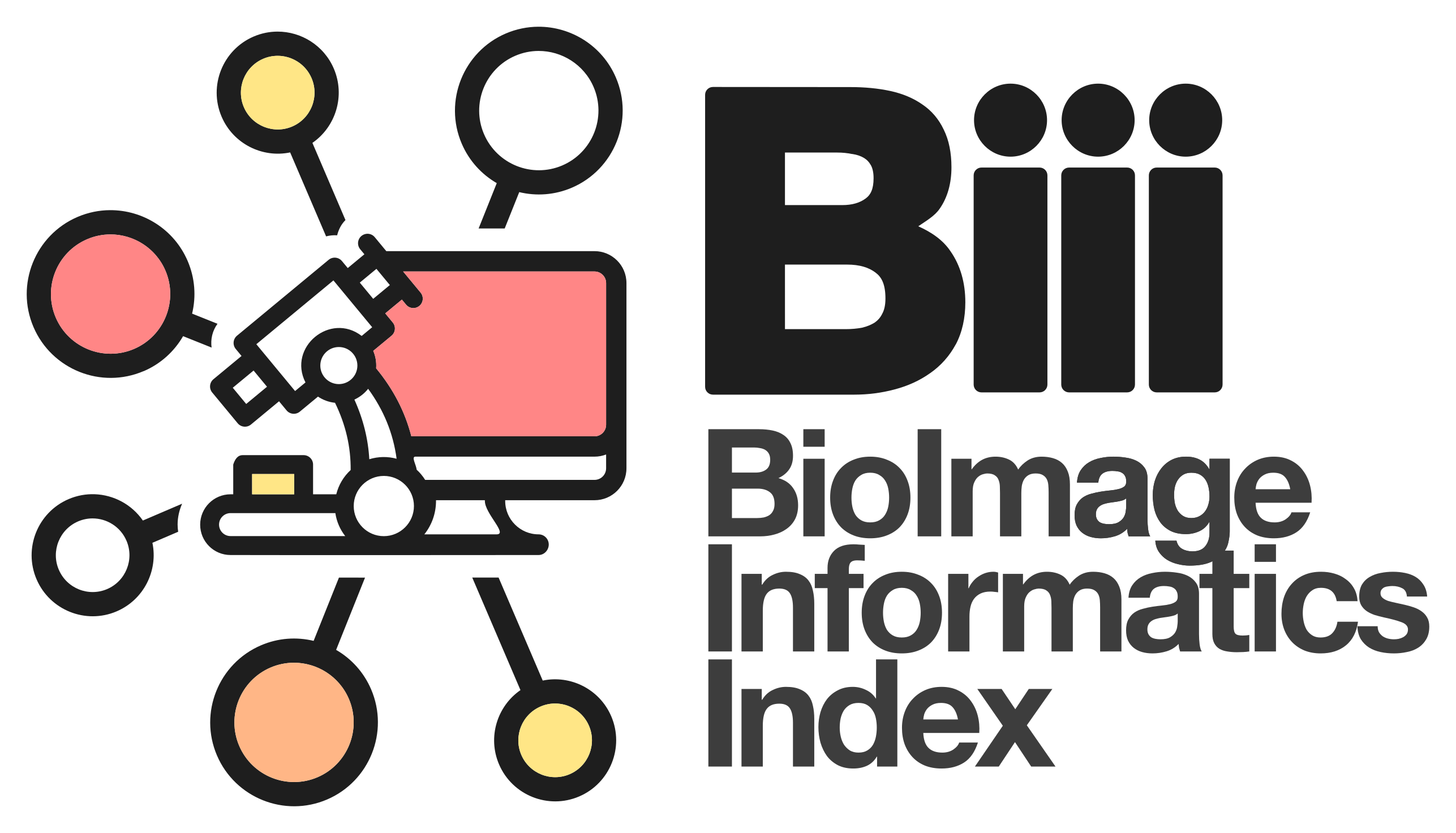Microscopie image analysis on Bio Image Archive
- Interact programmatically with the BioImage Archive and other data resources
- Apply pre-built machine learning models to image data
- Train and retrain machine learning models on image data
- Utilise machine learning approaches for object detection, image segmentation and de-noising
- Generate quantitative conclusions from images
